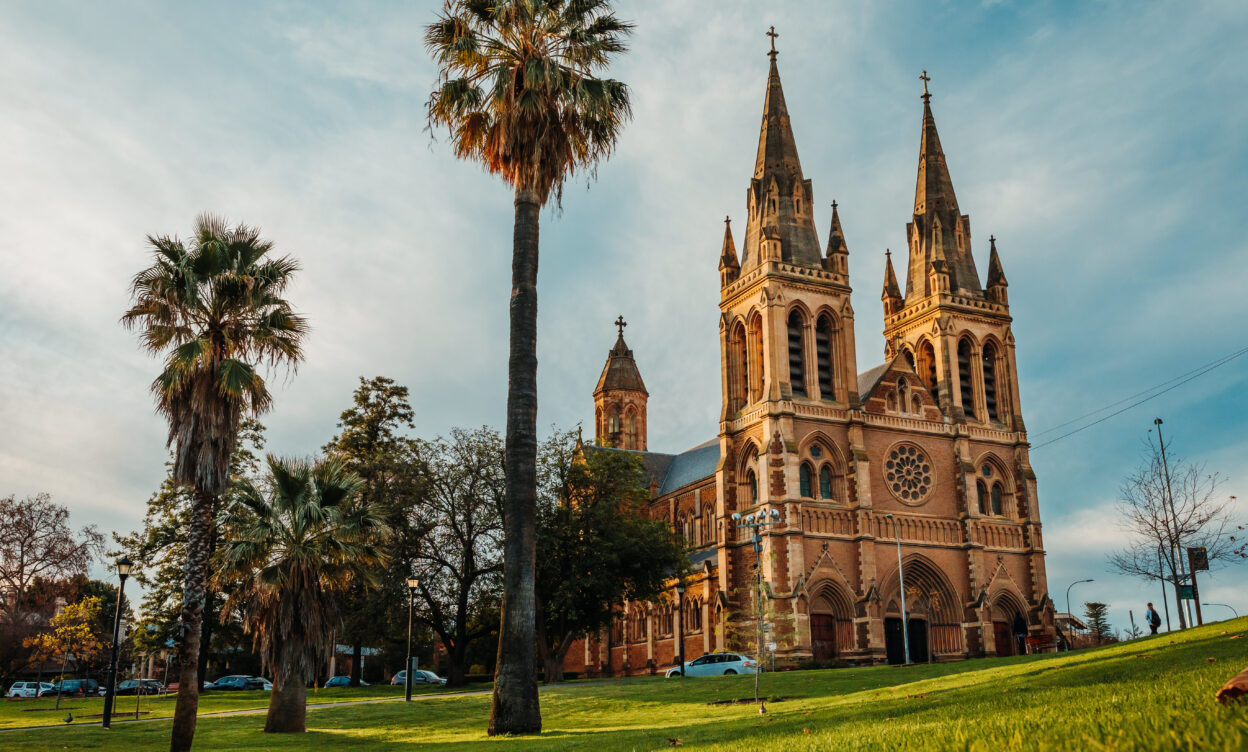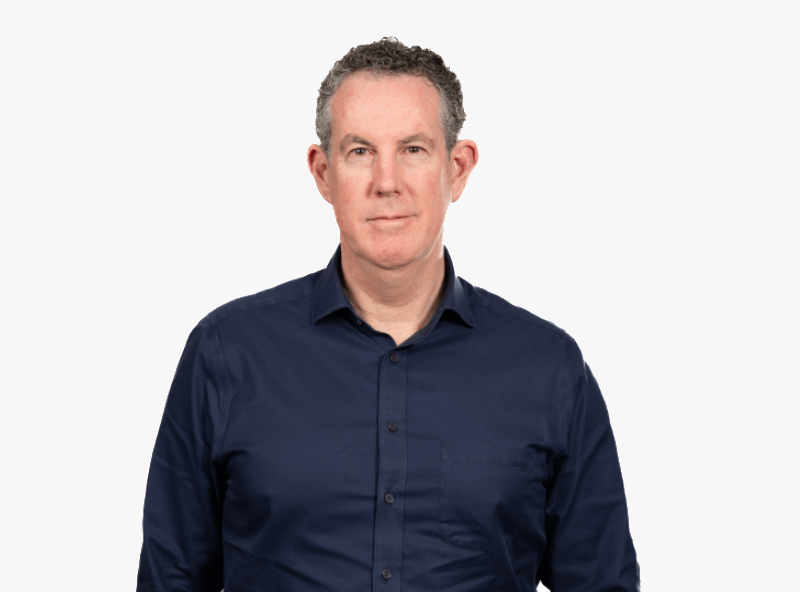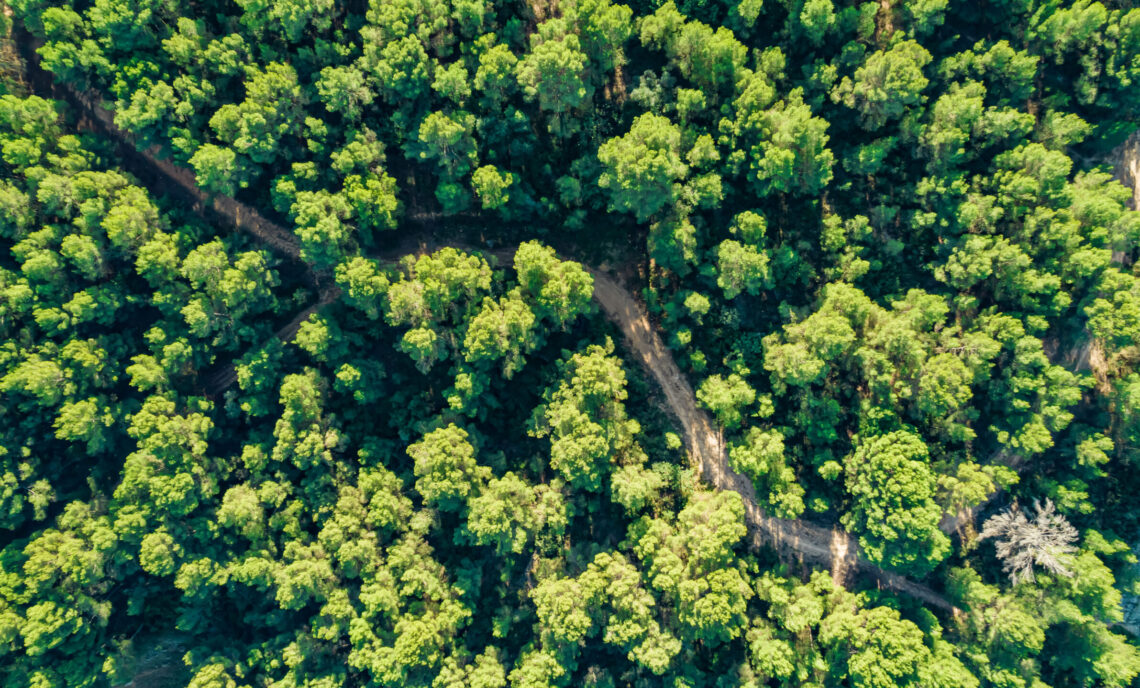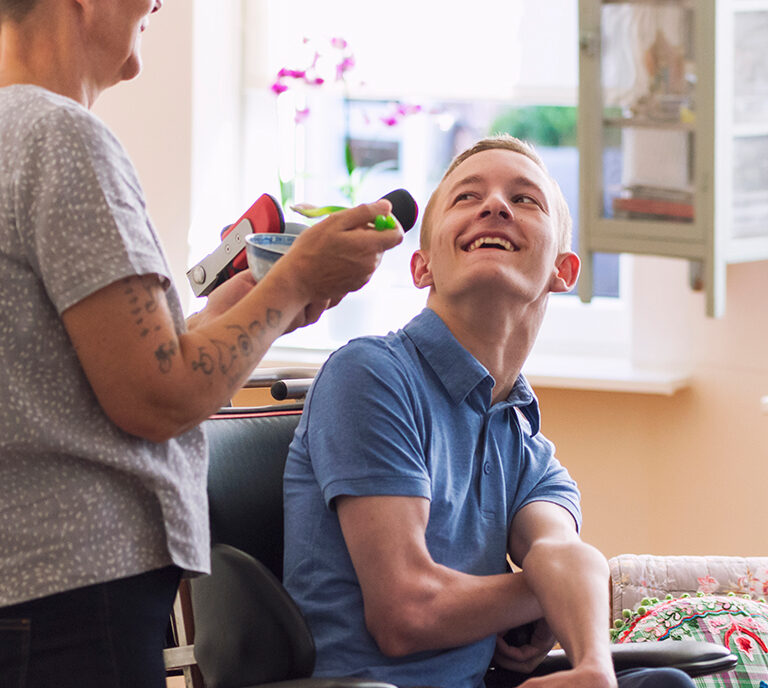
After a slow post-pandemic recovery, South Australia has surged to be Australia’s best performing State, writes Andrew Beitz, but capitalising on that position will mean investment and an injection of skills.
Fifteen years is a long time to wait, but in January South Australia finally made it — for the first time securing the top spot on the CommSec State of the States quarterly ranking that scores each part of the country on eight key economic indicators.
Three months later the state did it again, leading the nation in April.
The double-crown unsurprisingly got a mention in the June Budget as the SA Government pointed to the rare ranking as a sign of underlying strength in the State economy.
And while that dominance is likely to be challenged by other States as they continue to improve after a sluggish 2023-24, there’s no doubt that something has changed in local business confidence.
Construction leading the way
We can see it firstly in the economic big picture.
CommSec says real economic activity in South Australia in the year to December 2023 was 9.1 per cent above its long-term average, and our unemployment in March was a remarkable 35.8 per cent below the decade-average level.
While both these indicators demonstrate underlying strength, the real differentiator can be seen in property.
SA’s construction work ranking is 22.2% above its decade average, ahead of NSW, on 15.9%.
Dwelling starts are not as dramatic, but SA again leads on this front.
Those are the macroeconomic signs of an economy that has turned the corner, but less obvious indicators also show renewed strength for SA.
The first is the ongoing demand for housing, as more overseas arrivals head to Adelaide and the rate of departure to other States slows.
Having the tightest rental market in the country isn’t a plaudit we necessarily wanted to win, but it speaks to the strong demand outstripping supply.
Median property prices have risen by nearly 15 per cent, three times the rate of wage growth.
In commercial property we are also seeing this surge in demand.
With a number of high-profile new properties reaching completion last year, 46,000sqm of space was absorbed by businesses looking to take advantage of quality — 3.5 times higher than the 25-year average.
Our vacancy rate might be relatively high, but the prime office rents are significantly more affordable compared to Melbourne, Sydney or Brisbane.
In my property practice, the inbound interest from other States continues to grow on the back of strong demand and relative affordability in contrast to the Eastern Seaboard.
In the CBD, offshore and interstate investors are stepping in to offer high-end luxury apartments for a market that has been underserved in recent years.
To the south of the city, better roads and infrastructure are unlocking new suburban land releases.
To the north, at Riverlea, the master-planned community will eventually house more than 40,000 people, while 23,000 are expected to live at Concordia to the north east.
Attracting skilled talent
It’s all welcome growth, but sustaining the economic uptick is going to come down to ensuring we can attract and retain the right skilled workers.
We are going to need an influx of trades to build a bigger Adelaide, but we also need the housing stock available now for those working families to have somewhere to live.
At Pitcher Partners Adelaide, we see an opportunity for the State Government to do more to sell SA as a destination for these skilled workers, and to continue to encourage the inbound investment needed to grow the State.
We know we can be competitive — our recent track record demonstrates this — but we have to keep promoting the opportunities SA offers, including the advantages for inbound business, such as higher thresholds for payroll tax and stamp duty exemptions for commercial property.
Telling the story of SA is critical for our success, and there’s plenty of good news to share.





